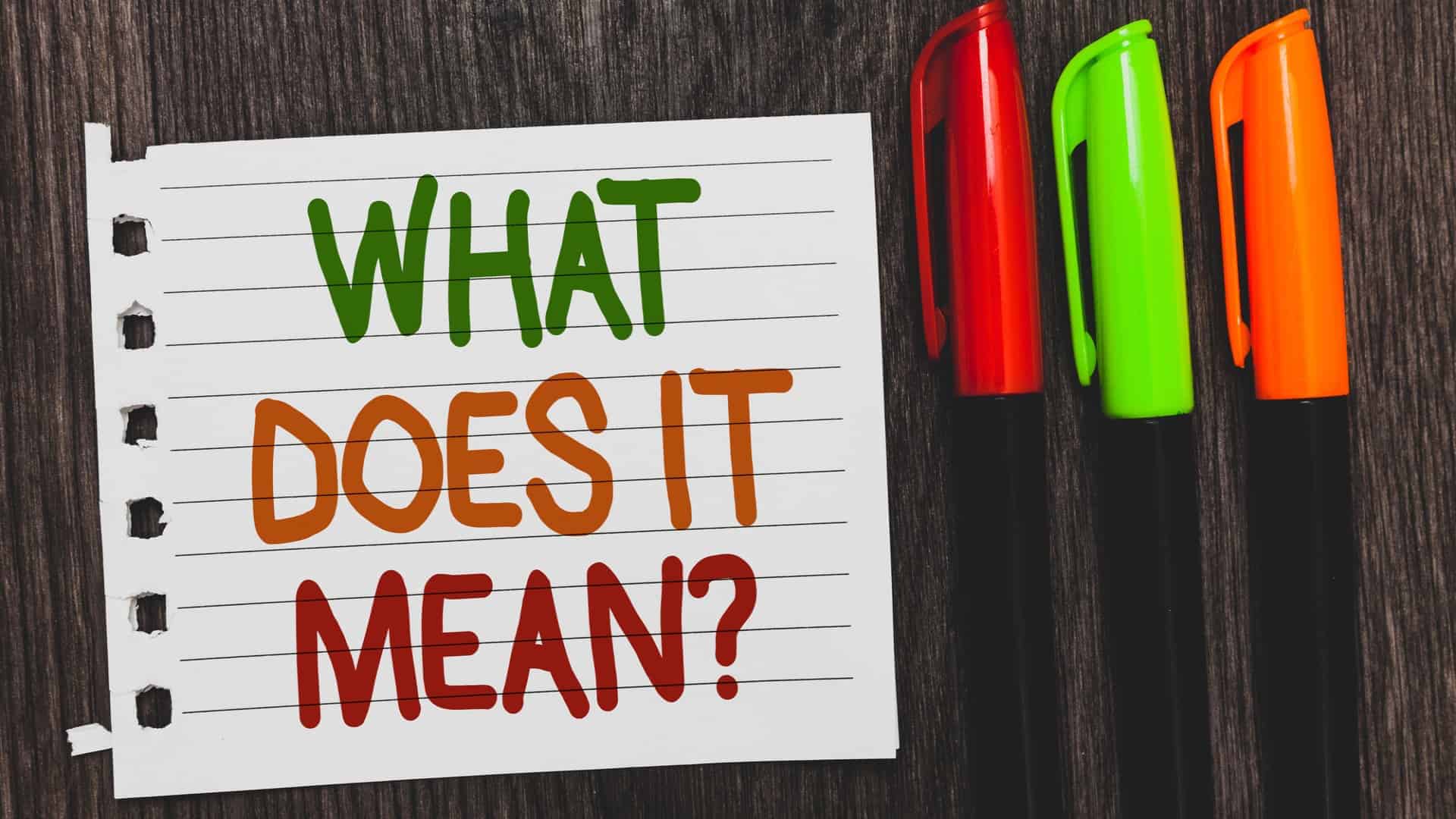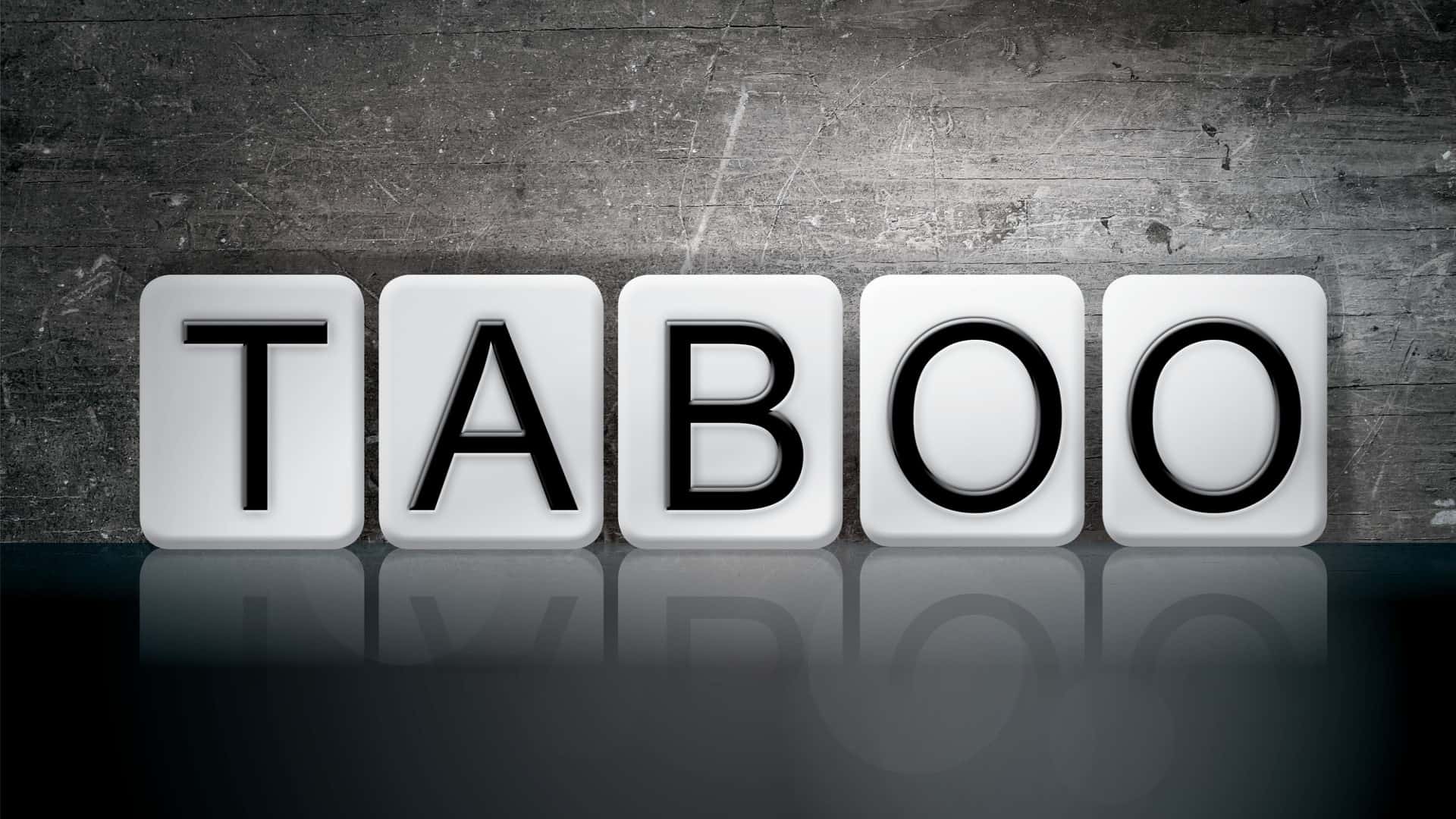
It’s Not Incorrect To Use a Double Negative


Have you ever used a double negative in your writing? If so, you are in good company. So did Geoffrey Chaucer and William Shakespeare. So have Barack Obama and Mick Jagger. Nevertheless, in researching this article, I found out that there are still a lot of grammar snobs out there who insist that a double negative is not grammatically correct. Those people are wrong. It’s not incorrect to use a double negative, as I did just now. However, it is not appropriate for every situation.

What Is a Double Negative?
The basic definition of a double negative is a clause that contains two negative words. Double negatives come in three different flavors.
1. Obviously Negative Words
There are some words or phrases that you can tell are negative without even looking at them very hard. Most of them begin with the affix “no”:
- Nobody
- Nowhere
- No one
- Not
- Nothing
- Nor
- None
Additionally, even though they don’t have “no” in them, you can still tell that words such as “neither” or “never” are negative without a great deal of analysis.
When double negatives use words such as these, we end up with constructions such as the following:
- She didn’t see nothing.
- Nobody ever did nothing for me.
These are the double negatives that really drive English teachers crazy, and as a former teacher myself, I have to admit that they are not my favorites either. We all know that when someone says, “She didn’t see nothing,” what they mean is, “She didn’t see anything.” However, conventional wisdom says that when someone says something like, “She didn’t see nothing,” the two negatives cancel each other out, as they would in multiplication. Thus, the two negatives form a positive and the actual meaning of the sentence is, “She did see something,” which is the complete opposite of the intended meaning.
Another argument against using this type of double negative is that it results in a sentence that is confusing or ambiguous. If we apply the conventional rules to my second sentence, “Nobody ever did nothing for me,” am I saying that somebody did something for me, or everybody did everything for me, or everybody did something for me, or somebody did everything for me? You can start to see why this kind of construction gave your English teacher fits.
2. Covertly Negative Words
Then there are words that are understood to have a negative element, even though they have no negative affix expressly identifying them as such. These are words such as “barely,” “hardly,” and “scarcely.” When words with a negative affix are used with words such as these that have negative elements, they come across as redundant and clunky. For example, if you said, “I hadn’t hardly gotten out of the shower when the phone rang,” it would be a bit much for your audience to process. It would make more sense to say, “I had hardly gotten out of the shower when the phone rang.”
It is important to pay attention to this type of double negative and try to avoid it. If you were to say, “I hadn’t barely gotten out of the shower when the phone rang,” it might imply that you were showering with your clothes on.
Another example of a word with a covert negative element is the verb “miss.” If you miss something or someone, it implies that the person or thing is not present. Therefore, a sentence such as, “I miss not hearing your voice,” implies that you would prefer the person stay quiet. If you do enjoy hearing the person speak, it is more accurate to say, “I miss hearing your voice.”
3. Negative Prefixes
There are some prefixes that are used to negate a word. Common examples in vernacular English include:
- Dis-
- Il-
- Im-
- Ir-
- Non-
- Anti-
- Un-
There are a few other prefixes that can have a negative connotation but also have other meanings depending on the context. A good example is “in-,” which can be used to negate something but is also sometimes used to show that something is inside something else. “De-” is another example, which can either mean a decline or a reversal.
When prefixes such as these are used with an overtly or covertly negative word, it forms a double negative. This kind of construction can be ambiguous. For example, if you were to tell me, “I’m not uninterested in what you have to say,” I might expend a lot of mental energy trying to determine if you were interested or not.
The different effects double negatives can have are really fascinating to me. The first two tend to sound uneducated or rustic, while the last one can sound more erudite, sometimes to the point of stuffiness or pomposity.

How Did Double Negative Sentences Become Taboo in English?
Double negatives were accepted in English until the mid-18th century. That’s when Church of England leader Robert Lowth published his book, “A Short Introduction to English Grammar.” Lowth is not the guy who decided we couldn’t split infinitives; he predated those fellows by approximately a century. However, he was similarly arbitrary in making up new grammar rules and drew upon similar sources, such as Latin grammar, despite the fact that English is primarily a Germanic language, not a Latinate one.
The 18th Century was the Age of Enlightenment, sometimes also known as the Age of Reason. It was a pragmatic time of great scientific thought and exploration based primarily on the evidence of the senses. Philosophers of the time attempted to apply rules of logic to every aspect of life, even those that do not follow strict mathematical rules.
If you’re like me and you majored in English specifically because you can’t solve a quadratic equation, you agree that language doesn’t necessarily follow mathematical rules, nor should it. However, influenced by Enlightenment philosophies, Robert Lowth applied the same logical rules of mathematics to the English language and determined that two negative words cancel each other out and form a positive. Therefore, according to Lowth, a double negative is illogical and therefore ungrammatical.
What Does a Historical Double Negative Example Look Like?
Evidence suggests that double negatives were not only accepted but preferred in Old English and Middle English, the forerunners to the Modern English that we speak today. This may be because the English language has borrowed extensively from other languages, some of which consider double negatives grammatical. For example, “Ce n’est pas rien” is a common expression in French, which translates literally to, “It is not nothing.” If someone were to say that in English, it would probably sound dismissive, but in French, it is understood to mean, “This is highly significant,” or, more colloquially, “This is no joke!”
Geoffrey Chaucer, an English author and poet of the 14th century, is considered the “father of English literature.” Writing in Middle English, Chaucer had no qualms about making the following statement, here transliterated into Modern English, in “The Canterbury Tales,” his most famous work: “There never was no man nowhere so virtuous.” If you look, carefully, you’ll notice that sentence is actually a triple negative.
Playwright William Shakespeare lived approximately two centuries after Chaucer and is arguably even more renowned as an English writer. Like Chaucer, Shakespeare was also unabashed in going beyond the double negative, writing in Richard III: “I never was nor never will be false.”
When Is It Acceptable To Use Double Negatives?
Double negatives are very common in spoken language, especially in certain dialects. Therefore, they are generally more accepted in informal writing. Works of literature about characters from a region in which double negatives are common may use them in dialogue but not in the descriptive text. Generally speaking, double negatives are frowned upon in formal writing. However, there is one notable exception.
Poetry and Song Lyrics
Double negatives are common in figurative writing such as poetry. In figurative works, the form is at least as important as the sense of the words. Therefore, a poet sometimes uses a double negative not only to convey something about the speaker, e.g., regionalism or education level, but to complete a rhyme or preserve the meter of a line.
Song lyrics can be considered poetry, and double negatives may be used so that the lyrics fit with the rhythm of the music. Consider the following examples from popular songs:
- Mick Jagger: “I can’t get no satisfaction”
- Tom Jones: It’s not unusual to be loved by anyone”
- Bill Withers: “Ain’t no sunshine when she’s gone”
Litotes in Formal Writing
If everything in life were either black or white with no shades in between, then mathematical rules could apply to language and double negatives would always be ungrammatical by virtue of being illogical. However, the English language has many subtle nuances to it, and in some instances, double negatives can be used to bring out those subtleties, even in formal writing.
Litotes (pronounced as three syllables with long vowels) are double negative constructions that make an affirmation through understatement. They typically consist of the third type of double negative, e.g., a negative word combined with a negative prefix. By negating the contrary statement, litotes make a qualified positive statement.
For example, if I were writing a formal review of the Disney+ streaming service, I could say, “I am not unhappy that ‘The Muppet Show’ will be available on the service soon.” In other words, I regard the addition as good news, but I’m still upset that this seems to supersede the Season 4 and Season 5 DVD releases that the company promised over a decade ago.
Continuing on in my review, I might say, “I am not dissatisfied with the Disney+ service.” To put it another way, I have enjoyed the content that I have accessed through the service, but nothing I have seen so far has affected my decision to cancel my subscription after a few months, which was my plan from the beginning. From statements such as these, you can probably deduce that I have conflicted feelings about Disney+ and do not endorse long-term subscriptions despite having derived some enjoyment from them in the short term.
Another example of litotes in action is that which I used in the title of this article. It is not incorrect to use double negatives, but they should only be used sparingly under certain circumstances. Even then, grammar snobs may call you out on the usage. Fortunately, now you have an authoritative source that you can use to defend your rhetorical choices.

What Is Your Opinion on Double Negative Use?
Do you agree with me that a double negative is acceptable in certain situations and sometimes necessary to convey a nuanced meaning? Or, do you think that double negatives should be avoided at all costs? Have you ever gotten into an argument over a double negative, whether for or against? Share your thoughts in the comments below.
- Finding Effective Keywords To Incorporate Into Your Content Strategy - December 17, 2023
- Successful Viral Content: 7 Techniques to Help You Connect With Your Customer Base - December 14, 2023
- Geo Targeting: A Powerful Content Marketing Strategy - December 6, 2023

